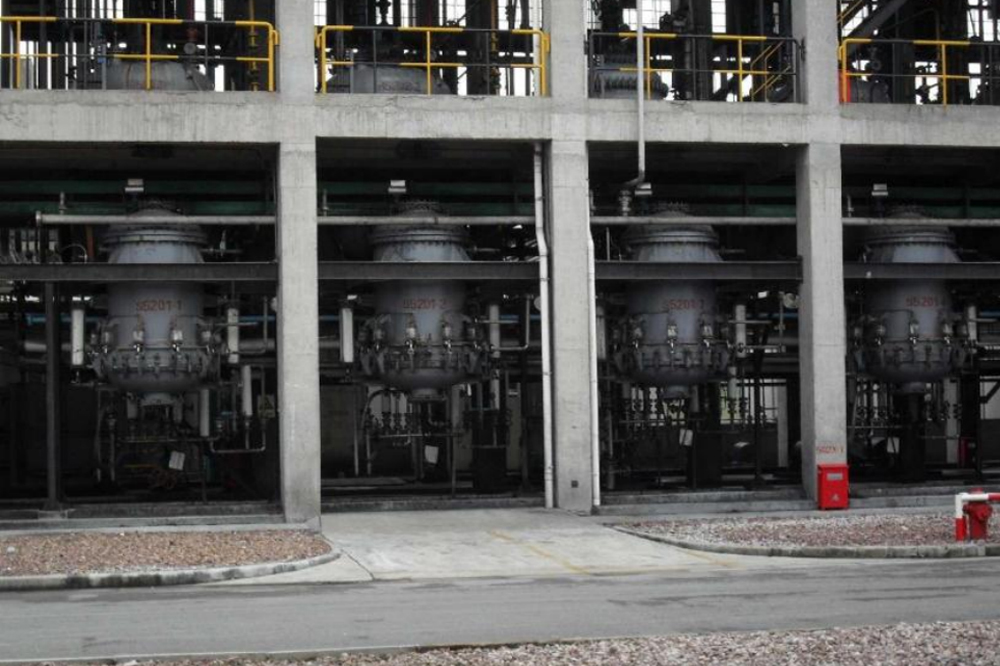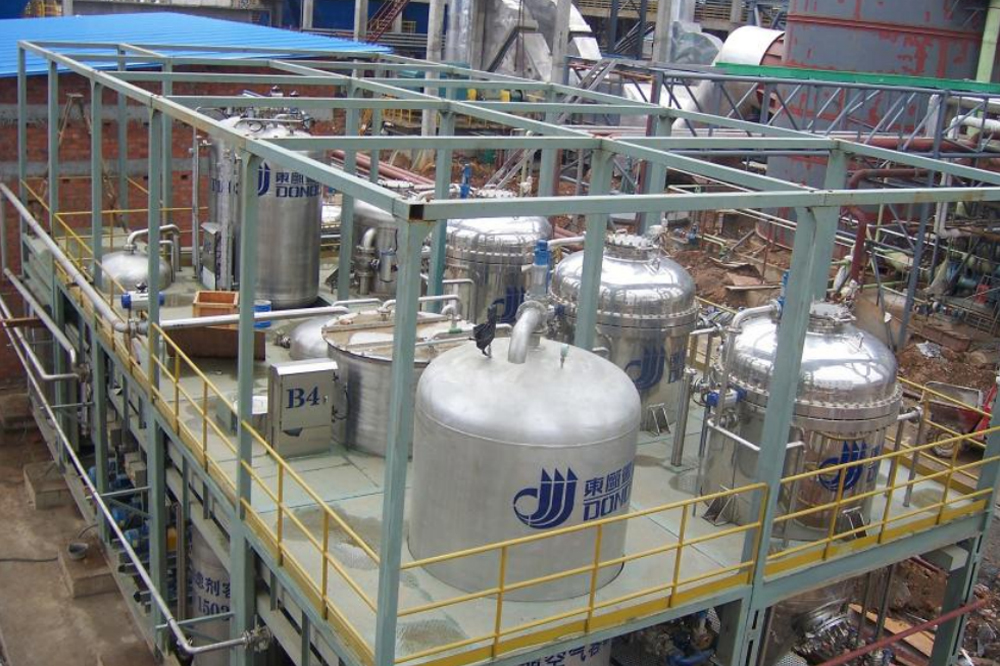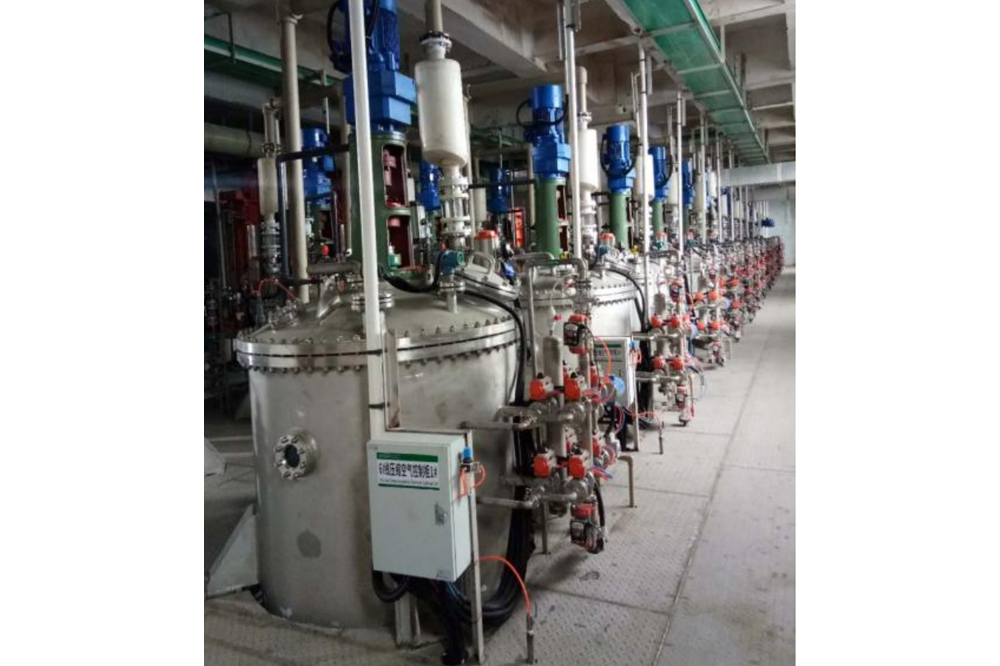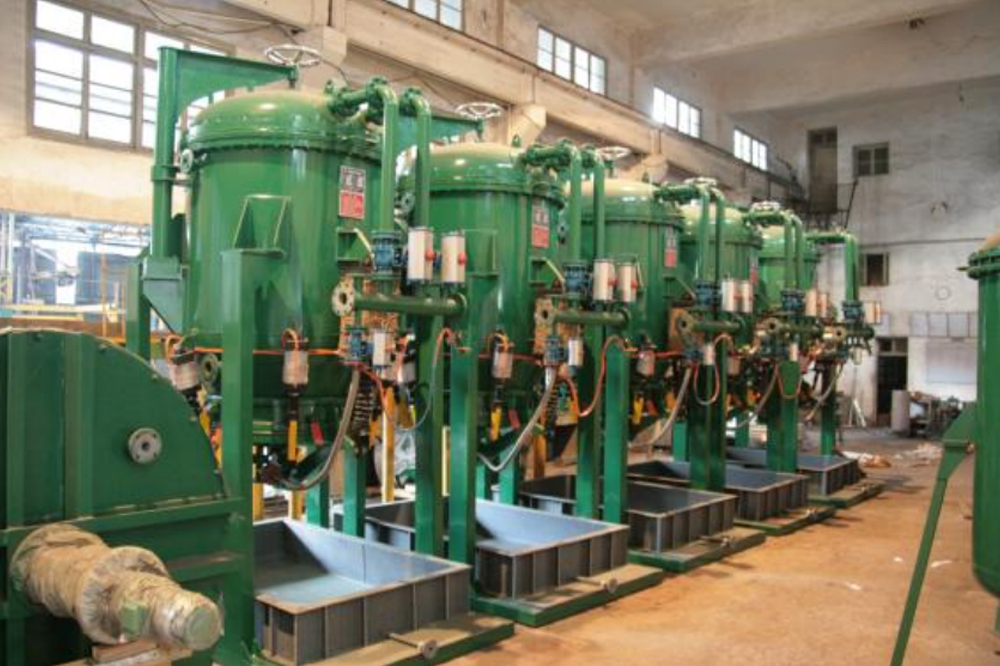Supporting the Production of the Herbicide Industry
Project Background:
China is a major agricultural country, and the demand for glyphosate as a non-selective, residue-free herbicide is enormous. In 2007, we learned that at that time, major manufacturers mainly used the IDA production process or the glycine production process, both of which were mature technologies but had limited room for improvement.
Customer Pain Points:
The recovery and filtration of catalysts are mainly carried out using filter cloth-based pressure filters or centrifuges. The large pore size of the filter cloth leads to the penetration and loss of fine catalyst during filtration. After filtration, the catalyst is manually transferred to the reactor for activation, and then it is dried using a pressure filter or centrifuge for the next batch of usage, resulting in a high catalyst loss rate and a dirty and messy work environment.
Solution:
After more than a year of on-site pilot-scale experiment, the filtration precision reached 0.3μm at one time, trapping the catalyst in the filter, followed by drying and drug activation, bubbling it into a slurry with compressed air, and directly transferring it to the next process. All processes are completed in a single enclosed equipment, transforming the on-site environment and achieving the goal of green production.
Subsequent Impact:
Currently, all leading domestic enterprises in the industry, such as Nantong Jiangshan Agrochemical & Chemicals Co., Ltd., have switched to using our equipment, totaling 200 units. In 2010, our company was honored with a patent for “glyphosate reaction filtration method and glyphosate-specific filter,” after evaluation by a number of experts during the patent appraisal meeting.






